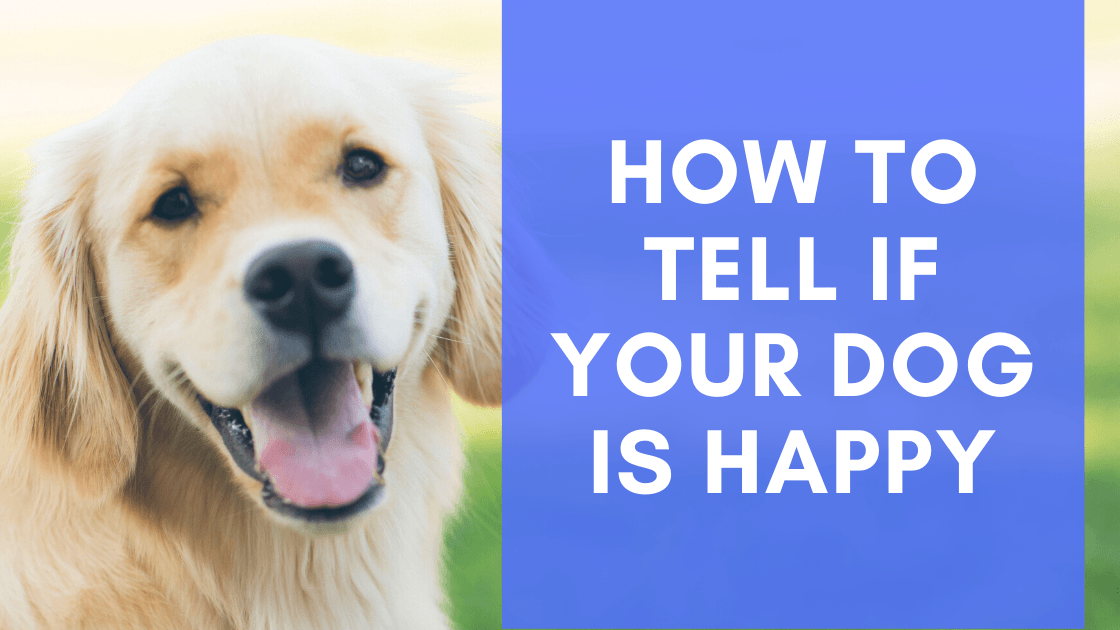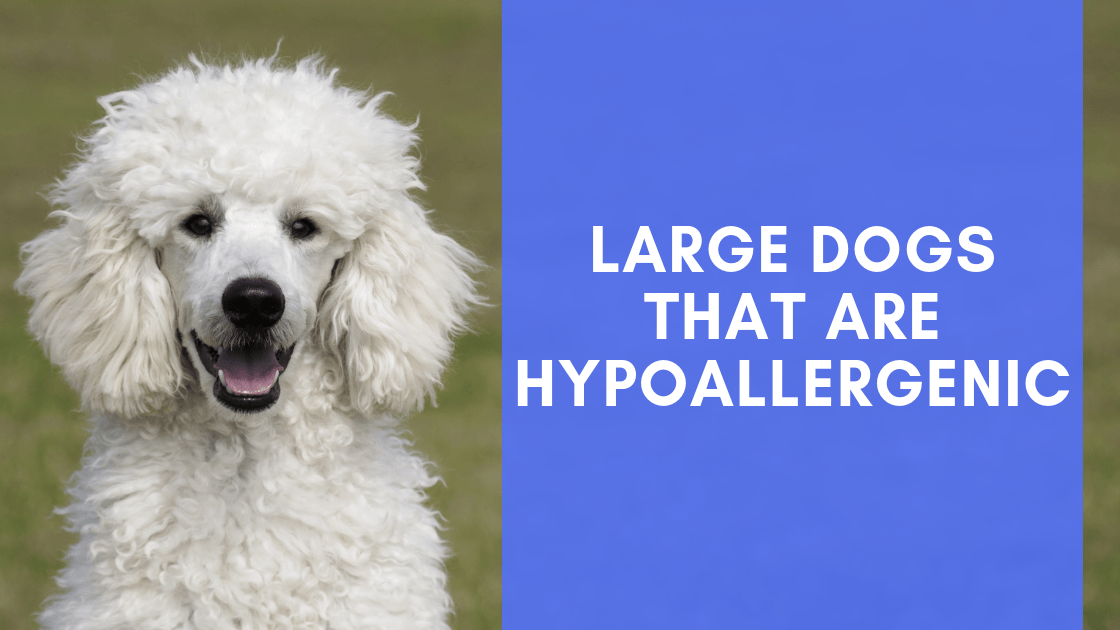Bringing home a new puppy is so exciting. They have cutest faces and eyes. The way you can scoop them up and they’ll fall asleep in your lap is the best, and their curiosity towards the world is downright adorable.
But then you get your first nip or tug from those razor-sharp teeth of theirs. Ouch! Next thing you know, those little needles have destroyed the leg of your dining room table or your favorite pair of slippers.
When will the puppy chewing phase end?! And how do I survive the puppy chewing phase while I’m waiting for the training and maturity to kick in?
To some extent, your puppy does just need to chew. The good news is that with some consistency and foresight you can take control of what your puppy is chewing and when.
Why does my puppy chew?
One reason that puppies chew is in response to teething. Just like human babies, when your puppy has a new tooth coming in their gums will feel sore. Chewing helps them feel more comfortable as they are transitioning to a full set of adult teeth.
Puppies also chew, nip and mouth to strengthen their jaw. Chewing is a dog behavior that lasts through adulthood because it keeps their jaw muscle strong.
Additionally, chewing and nipping helps them learn acceptable social behavior. They learn from the cause and effect relationships between their chewing and biting and the reaction it gets from other dogs or humans. This is why when your puppy is feeling bored, they might come on over and give your leg a tug or start chewing the chair you’re sitting on. They know it gets a big response out of you!
Lastly, your puppy will chew as a response to boredom and learn about their environment. Chewing is an exciting activity, stimulates them physically and mentally, and like I mentioned above, usually gets a big response from their humans.
How long does the puppy chewing phase last?
Puppy chewing lasts a lot longer than many new dog owners realize. An intense urge and need to chew lasts until your pup is 1 to 2 years old depending on the breed and personality type.
How does this break down? According to daily puppy:
- At 2-3 weeks your pup’s ‘puppy teeth’ emerge
- At 4 months old your puppy’s chewing is due to the emergence of adult teeth. While they are cutting new teeth their gums are very sore. This lasts for around 8 weeks.
- From 7-12 months (or longer) is called adolescent chewing. This chewing is the result of new teeth setting in, and a need to explore the world. This phase can be more effectively managed through exercise and training than teething in your younger puppy.
Tips and tricks to survive the puppy chewing phase
While the puppy chewing phase does last a while, there are some tips and tricks to help you manage. With consistency and vigilance, you might even escape the chewing phase with most of your furniture and shoes intact. What’s more, being on top of this now will seriously pay off in the long run. It can be a lot more frustrating to deal with destructive chewing in adult dogs.
Show your puppy what they CAN chew and stay consistent
Your best line of defense against unwanted (or painful!) destructive puppy chewing and nipping is to show them what they can chew.
- Anytime you see them chewing something that isn’t theirs, take it away and immediately replace it with something they can chew
- When they have their own object in their mouth, give lots of positive attention
- Reinforce this further by “catching them” chewing their own toy and giving big praise
- If they are nipping or mouthing you or your clothing, turn your body and disengage, then put their toy in their mouth and start engaging and playing again
Your puppy is smart and will quickly realize what you are asking of them. To this day when my adult lab is excited he only approaches us with a toy in his mouth because it is so ingrained in his mind to put something in his mouth so he doesn’t nip or chew.
Need some help with choosing the right chew toys? Don' miss our articles about picking the safest toy, how to properly supervise your dog with chew toys, and the benefits of natural rubber toys over other options.
Puppy-proof your home as best as possible
This step is all about setting your puppy up for success. Your puppy is just a baby after all. They don’t yet know what’s theirs and what’s okay to chew and not. Make your puppy’s environment as free from temptation as possible with thorough dog-proofing of your home.
Remove small items or items that can quickly turn into their latest chew toy. If you have a large-breed puppy, they will get big fast, so keep their height in mind when you are putting things away and out of their reach. Some people also find bitter chewing deterrent sprays to be effective on the legs of furniture.
When you can’t have your full attention on the puppy, confine them
I think a lot of new puppy owners need to be reminded that putting their puppy in a crate or highly confined area when they can’t fully attend to them is not mean! In fact, it’s important for their safety and development to have some downtime.
Now, I’m not saying to crate your pup for unrealistic lengths of time or whenever you don’t want to deal. But, crating your puppy is a healthy habit for all parties involved!
Just be sure that you are crating your puppy after they have received positive, one-on-one attention from you. They should be well exercised or stimulated in an age-appropriate way and should have had ample opportunity to relieve themselves before being crated.
Make sure your puppy is getting enough stimulation and exercise
No article on dog or puppy behavior is ever complete without addressing exercise and stimulation. When your puppy’s exercise needs are met there is a direct correlation with positive behavior.
While it’s true some puppy chewing can’t be curbed by any amount of exercise, once your dog is past the teething stage, your 7-24-month puppy’s chewing can be managed and decreased immensely with proper exercise and stimulation.
So if you are seeing an uptick in destructive chewing from your puppy, or what seems like attention-seeking chewing, it might be time to lengthen their daily walk, start visiting the dog park, or look for other fun ways to exercise your dog.
Work on basic commands and consider a puppy class
One tool in your toolkit for managing chewing, and really any other common behavior problems, will be a dog that is trained and listens to you. The best way to get this started on the right foot is with a puppy training class.
The added bonus of learning basic commands and handling is that your dog will get a ton of mental and physical stimulation plus socialization with other dogs. All of this is a recipe for a puppy that’s tired out and will chew less at home.
Rotate chew toys to keep them excited and engaged
When it comes to providing your dog with WHAT to chew, you want to invest in high-quality dog toys that are built to last. You want toys that vary in elements like shape, texture, and stimulation, but don’t lack in quality. I also recommend rotating your dog’s chew toys to keep them new and interesting.
Some great dog chew toys that will offer variation to your puppy:
- Toys that have a hollow center for filling with treats or peanut butter will keep your dog entertained for long periods of time
- Frisbee-shaped chew toys are perfect for fetching, tug of war, and independent chewing because of their unique shape and bendability
- Elk and Deer Antlers provide a harder chewing material for your dog but last much, much longer than your average bone
- Stick-shaped chew toys are perfect for chewing but won’t splinter and cause a safety hazard, or giant mess, like a real stick does
- Ring-shaped chew toys are fun for puppies to chew and toss around. My own young German Sheperd loves this shape because of the way it bounces and rolls unpredictably away from him when he tosses it up. It keeps him entertained independently more than other shaped toys.
Remember, the puppy chewing phase will end!
It might seem intense and exhausting when you’re in it, but your puppy’s need to chew will lessen with time and age. In the meantime, you’ve got a ton of great tips to help you manage. Remember to always assess their environment, provide your pup with lots of interesting toys they can chew, and teach them about what’s acceptable and what’s not.
Have another tip to help other readers survive their puppy’s chewing phase? Leave a comment below to help another dog parent out!



